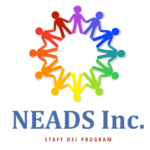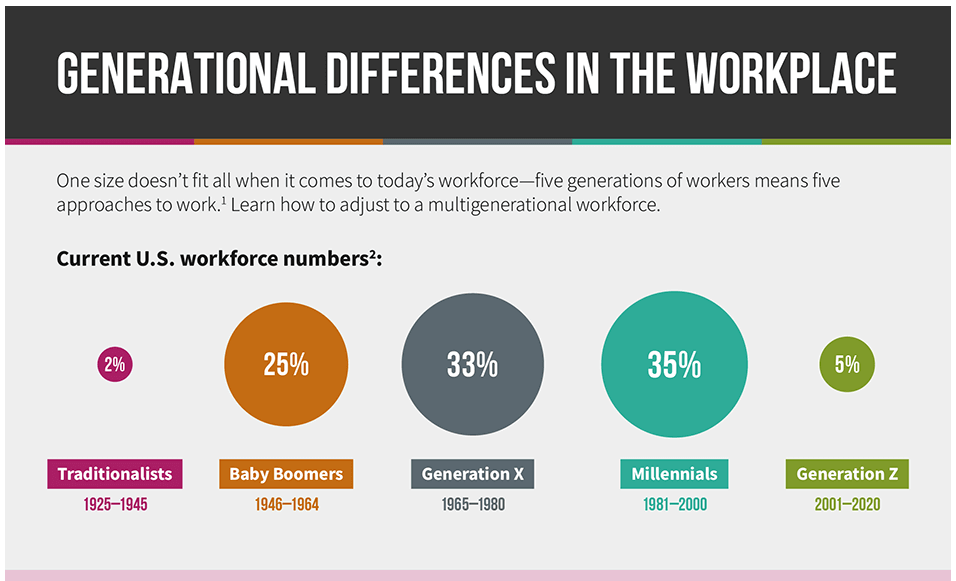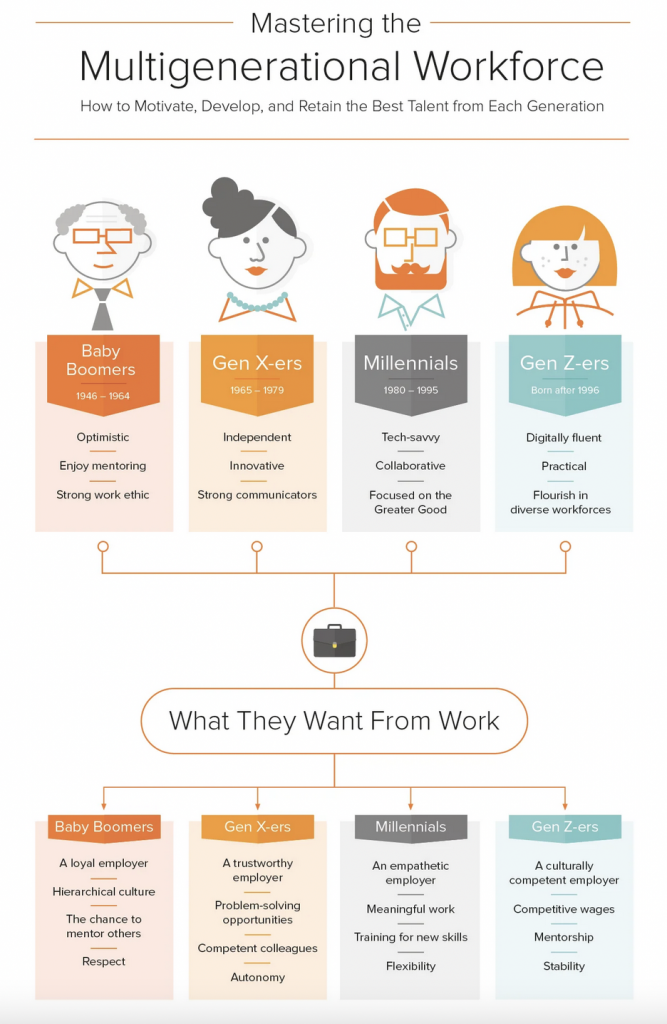Multigenerational Workforce Management
Each generation has different communications needs, working styles, motivators, and workplace values and expectations:
Read MoreGenerational Differences in the Workplace
For the first time in history, there are five generations in the workplace. They are: Traditionalists—born 1925 to 1945 Baby Boomers—born 1946 to 1964 Generation X—born 1965 to 1980 Millennials—born 1981 to 2000 Generation Z—born 2001 to 2020 What kinds of challenges does this present for today’s employers? How do generational workforce differences affect our…
Read MoreThe Wheelchair Experience – a NEADS DEI Initiative
This fall, the DEI team is focusing on the topic of ableism. Ableism is discrimination in favor of able-bodied people. As an organization that serves and interacts with people of different disabilities, we want to make sure we are being inclusive and kind with our language and behaviors, as well as a better understanding of…
Read MoreFathering Autism – a Vlog
Fathering Autism has a really unique and honest perspective on life with an autistic daughter/family member. The channel is run by dad, Asa, and is filmed in a vlog style of their day-to-day. A lot of it focuses on his daughter, Abby, who is autistic and non-verbal. We’ve selected a few videos below that seemed…
Read MoreDisability and inclusion in the workplace
Fostering an equitable work environment starts with raising awareness, and so our objective is to highlight visible and invisible disability, barriers that individuals in the workplace face, focusing on capability and ultimately shift how we discuss disability.
Read MoreThe NEADS Wheelchair Experience
What is the wheelchair experience? The DEI team is currently focusing on the topic of ableism. Ableism is discrimination in favor of able-bodied people. As an organization that serves and interacts with people of different disabilities, we want to make sure we are being inclusive and kind with our language and behaviors. The DEI team…
Read MoreTips for Working With Students in Wheelchairs
“Don’t assume that the student in the wheelchair requires assistance; always ask the student if they would like your help before giving it. It’s good to establish a method of how and when the student would like your assistance. Have this one-to-one conversation.” Continue reading the article for more helpful information.
Read MoreHow a wheelchair challenge mobilized a high school to become more accessible.
How to master the multigenerational workforce
This infographic is a very clear explanation of how to motivate and connect with employees of different generations. Click on the link to see a larger image.
Read MoreSee dyslexia differently
This animation seeks to preempt misconceptions among young audiences by shedding light on the real challenges dyslexic children face whilst also acknowledging their strengths and potential.
Read More

